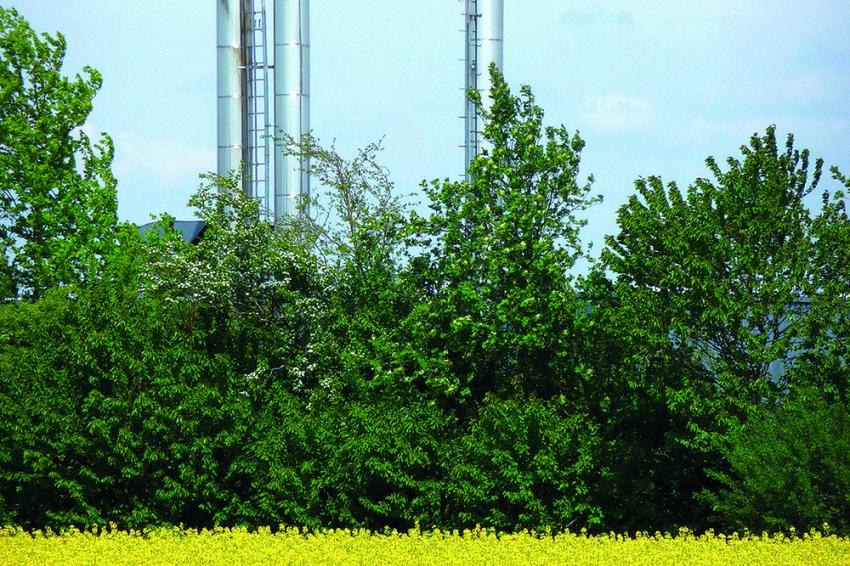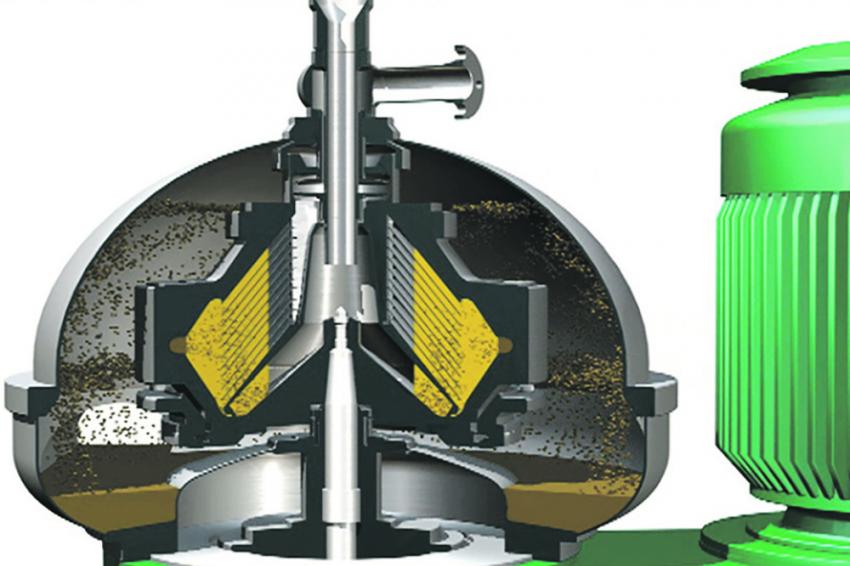Production of Biobased Products Using Biotechnological Processes
How to Improve Resource Efficiency in the Processing Industry
The production of biobased products using biotechnological processes offers great potential for resource efficiency. Good practice examples show that companies can save considerable amounts of natural resources every year, and also have less waste to dispose of. This reduces material, energy and waste disposal costs.
The use of biotechnological processes in material-converting industrial goods production helps save resources thanks to more efficient production methods. In addition, the utilization of renewable raw materials conserves natural resources. Compared to conventional processes, a product made using biotechnological processes can be manufactured in milder reaction conditions (e.g. lower temperatures and pressure) and with fewer synthesis and processing steps. At the same time, higher space-time-yields can be achieved. This leads to lower volumes of raw materials, lower energy requirements as well as reduced water consumption. Furthermore, it generates fewer by-products and toxic substances, which as a rule have to undergo resource-intensive treatment, processing and possibly disposal. This often results in lower overall operating and waste disposal costs.
In industrial biotechnological processes it is primarily renewable raw materials that are used. Their use in industrial production reduces our dependency on finite resources and contributes to environmental protection and the reduction of CO2 emissions, since the CO2 emissions released during energy consumption at the end of the product life cycle are partly reused in the formation of renewable raw materials, whereas this possibility does not exist naturally with fossil fuels.
The use of renewable raw materials creates biobased products, which now have a positive image among consumers thanks to their positive ecological aspects. The performance and user-friendliness of such products used to be scrutinized and compared with conventional products. The higher price in some cases deterred consumers too. However, with the growing climate crisis, this skepticism is giving way to a change in thinking, and higher prices are increasingly being accepted by consumers. This is also reflected in the constantly growing market share of biobased products.
Process Development
In order to produce and process biobased products new biotechnological processes must be developed, or existing conventional processes must be modified and enhanced. This often represents a considerable undertaking, requiring innovative ideas and a high level of technical and scientific expertise in the process development. Moreover, the development process is marked by economic uncertainties arising owing to the difficulties in gauging the feasibility, productivity and competitiveness of the process to be developed, a development timeframe that is difficult to predict as well as a fluctuating raw materials base.
Mastering this challenge requires solutions such as miniaturization, automation and digitalization. It is already possible to accelerate bioprocess development today using high-throughput technologies in combination with bioinformatics algorithms. Future developments in innovative technologies could contribute to overcoming and mastering the existing risks and challenges in process development. This would ensure that the development of biotechnological processes is seen as a lucrative endeavor for companies and that more and more companies decide to develop and implement such processes.
When a company embraces the technological and economic challenges and converts its production process to biotechnological production processes, it can benefit from considerable economic and ecological advantages. Taking the example of vitamin B2 production, the resources used (material and energy) decreased by up to 60%. The waste generated shrank by up to 95% and the CO2 emissions fell by up to 30%. The annual production cost savings amount to up to 40%.
Biocatalysts
In order to put in place a resource-efficient and economically viable biotechnological production process, the identification of suitable biocatalysts (enzymes and microorganisms) is an important requirement. Suitable biocatalysts can be selected with the help of innovative screening and analysis methods. Efficient biocatalysts demonstrate high catalytic activity and long-term stability — combined with a low deactivation rate. In addition, highly efficient catalysts are characterized by high reaction and binding selectivity as well as a high reaction speed.
Bioprocess Monitoring
Online sensor systems are a central element of bioprocess monitoring for biotechnological production processes. They are instrumental in ensuring that a bioprocess is resource-efficient and achieves the production target with a minimum of faulty batches. Biochemical target parameters are necessary for optimal bioprocess monitoring, although the direct measurement of these is normally not possible. Alternatively, data sets of other process parameters are gathered using indirect measurement methods and are used to glean relevant information about the process status with the help of intelligent evaluation algorithms.
Trends towards increasingly compact measuring systems (miniaturization) as well as the major progress in laser technology and detector design have widened the field of application of these analysis methods considerably. The integration of sensor technology, often complicated, is made easier by combining it with intelligent software. It provides automatic recalibration and thus significantly longer lifetimes. The intelligent sensor systems created thereby are able to conduct self-monitoring and diagnosis, integrated data evaluation with logic and control functionalities or interactive networking with other components in the process environment.
Conclusion
The use of biotechnological processes for the industrial production of biobased products offers great potential for resource efficiency. Although the development and implementation of biotechnological processes carry a certain economic risk, in many cases the ecological and economic advantages outweigh the commercial risks. It is a challenge worth embracing. The development of highly efficient biocatalysts and high-performance bioprocess monitoring are considered the foundations for successful implementation.
Author: Katja Saulich, Research Assistant, VDI Zentrum Ressourceneffizienz GmbH (VDI ZRE), Berlin, Germany
_____________________________
MAKING KNOW-HOW AVAILABLE
On behalf of the Germany Federal Ministry for the Environment, the VDI Centre for Resource Efficiency (VDI ZRE) provides companies with free-of-charge instruments that aim to support the development and optimization of their own biotechnological process: The process visualization and the resource check “Industrial biotechnological processes” contain further examples and measures for increasing resource efficiency in production using industrial biotechnological processes







